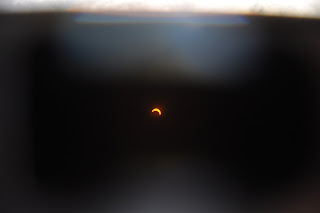For as long as I can remember being even remotely aware of international politics I have known one thing to be certain: Arabs and Israelis don't get on! It's a fact that I've grown up knowing and has been reinforced time and time again in recent years with seemingly unbreakable cycles of violence and ever more dangerous and confrontational political rhetoric from both sides. The most recent exchanges of ammunition between Gaza and Israeli cities is simply the latest chapter in this sad tale of a fractured region.
But how will the story end? Little diplomatic progress has been made in the resolution of the conflict in the 60 years that it has been raging, and indeed the conflict has spread to bring countries such as Iran and Pakistan into the front line of political warfare. The historic, cultural, and religious differences between the two sides seem simply too insurmountable to overcome, and so a bloody (and potentially radioactive) conclusion seems a terrifyingly possible outcome.
Yet, in the midst of all the hatred and mistrust, there is a glimmer of hope on the diplomatic front that has come in the form of a collaborative scientific project. Sesame, which stands for 'Synchrotron-light for Experimental Science and Applications in the Middle East', is a multi-million dollar particle accelerator currently under construction near Amman, Jordan. Synchrotrons are fantastically useful facilities capable of producing a form of light known as synchrotron radiation that can be harnessed to investigate materials on unbelievably tiny scales. One such application is the study of proteins and other biological molecules down to atomic scales such that their structure and function can be better understood, and potentially so that we can develop more sophisticated drugs to target them. I recently wrote about the 2012 Nobel Prize for Chemistry awarded to Robert Lefkowitz and Brian Kobilka, which would have been entirely impossible without facilities such as Sesame.









